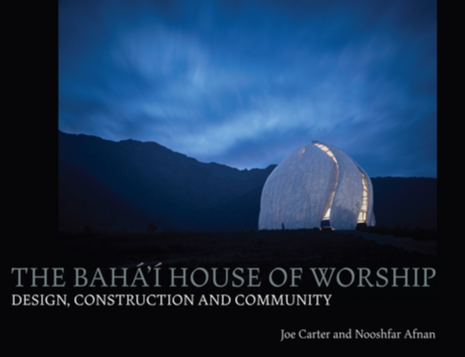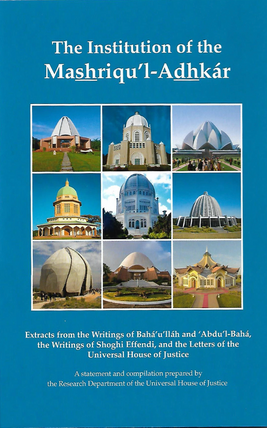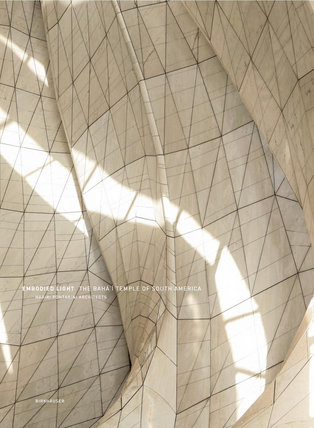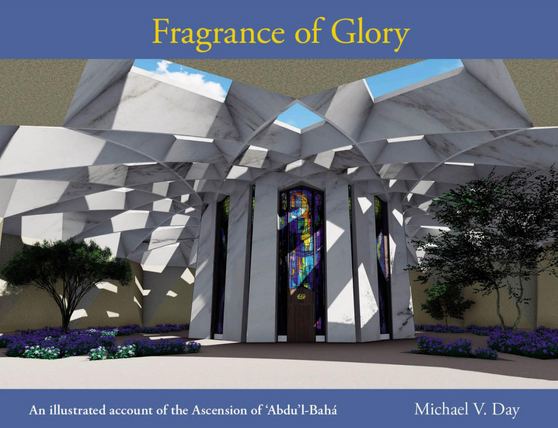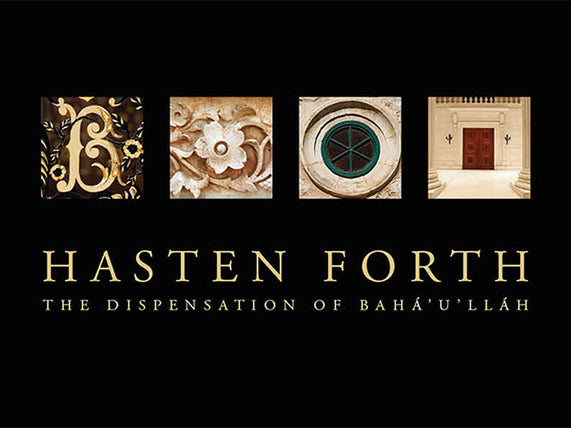The Bahá’í House of Worship
Design, Construction and Community
This book tells the story of the architectural design and construction of Bahá’í Temples, or Houses of Worship, in a wide variety of climates and cultures.
Why are the Bahá’ís building temples at a time when organized religion is struggling to be relevant in a sceptical world? Their motivation can be found in the Bahá’í understanding of the relationship between religion and civilization, and its implications for the future of humankind.
In the past, there was a clear relationship between religion, civilization and architecture, as the pagodas, towers, steeples, minarets and domes of spiritual institutions defined the neighbourhoods and skylines of human settlements. Sacred structures played an essential role as symbols of connection to a transcendental realm and the belief that life should be informed by this aspect of reality.
The Bahá’í House of Worship renews this connection. It expresses the importance of spiritual reality and its...Show More
Why are the Bahá’ís building temples at a time when organized religion is struggling to be relevant in a sceptical world? Their motivation can be found in the Bahá’í understanding of the relationship between religion and civilization, and its implications for the future of humankind.
In the past, there was a clear relationship between religion, civilization and architecture, as the pagodas, towers, steeples, minarets and domes of spiritual institutions defined the neighbourhoods and skylines of human settlements. Sacred structures played an essential role as symbols of connection to a transcendental realm and the belief that life should be informed by this aspect of reality.
The Bahá’í House of Worship renews this connection. It expresses the importance of spiritual reality and its...Show More
This book tells the story of the architectural design and construction of Bahá’í Temples, or Houses of Worship, in a wide variety of climates and cultures.
Why are the Bahá’ís building temples at a time when organized religion is struggling to be relevant in a sceptical world? Their motivation can be found in the Bahá’í understanding of the relationship between religion and civilization, and its implications for the future of humankind.
In the past, there was a clear relationship between religion, civilization and architecture, as the pagodas, towers, steeples, minarets and domes of spiritual institutions defined the neighbourhoods and skylines of human settlements. Sacred structures played an essential role as symbols of connection to a transcendental realm and the belief that life should be informed by this aspect of reality.
The Bahá’í House of Worship renews this connection. It expresses the importance of spiritual reality and its application to the needs of the community. It ‘stands as a universal place of worship open to all the inhabitants of a locality irrespective of their religious affiliation, background, ethnicity, or gender and a haven for the deepest contemplation on spiritual reality and foundational questions of life, including individual and collective responsibility for the betterment of society. Men and women, children and youth, are held in its embrace as equals.’
This book introduces the experiences of the Bahá’í world community in its efforts to construct centres for worship and service open to all, intended for humanity’s coming of age as one human family.
This coffee table style book is richly illustrated with recent and historical photographs, as well as architectural drawings. It makes for an excellent gift to friends and family.
Why are the Bahá’ís building temples at a time when organized religion is struggling to be relevant in a sceptical world? Their motivation can be found in the Bahá’í understanding of the relationship between religion and civilization, and its implications for the future of humankind.
In the past, there was a clear relationship between religion, civilization and architecture, as the pagodas, towers, steeples, minarets and domes of spiritual institutions defined the neighbourhoods and skylines of human settlements. Sacred structures played an essential role as symbols of connection to a transcendental realm and the belief that life should be informed by this aspect of reality.
The Bahá’í House of Worship renews this connection. It expresses the importance of spiritual reality and its application to the needs of the community. It ‘stands as a universal place of worship open to all the inhabitants of a locality irrespective of their religious affiliation, background, ethnicity, or gender and a haven for the deepest contemplation on spiritual reality and foundational questions of life, including individual and collective responsibility for the betterment of society. Men and women, children and youth, are held in its embrace as equals.’
This book introduces the experiences of the Bahá’í world community in its efforts to construct centres for worship and service open to all, intended for humanity’s coming of age as one human family.
This coffee table style book is richly illustrated with recent and historical photographs, as well as architectural drawings. It makes for an excellent gift to friends and family.
Further Information 
Other Retailers 
Categories:
Houses of Worship |
Photobooks
Houses of Worship |
Photobooks
- Contributors:: Joe Carter and Nooshfar Afnan (Authors)
- Format: Hardcover book | 310 pages
- Dimensions: 300 x 235 x 25 mm | 1720 g
- Publisher: George Ronald, 2022
- Language: English
- SKU: BKS-GST-M.0474

















